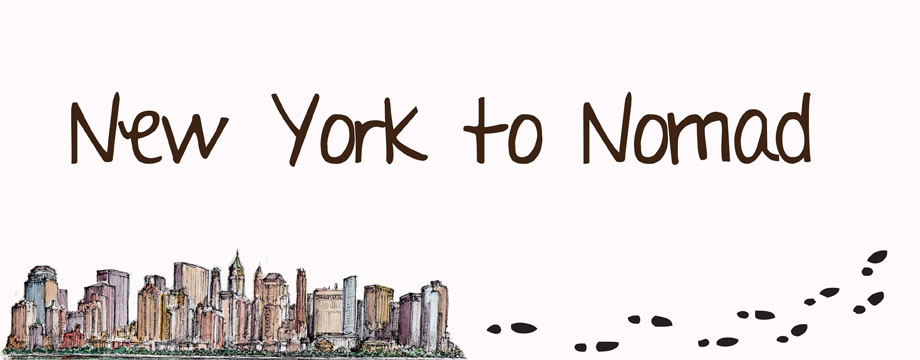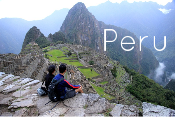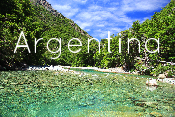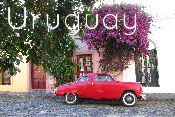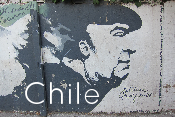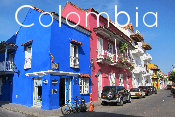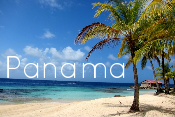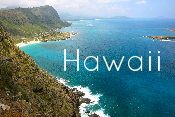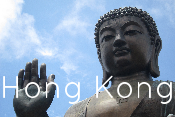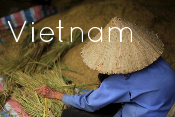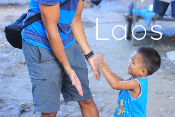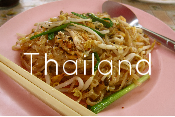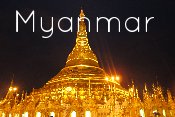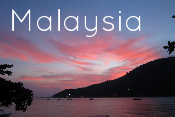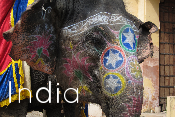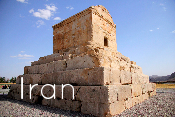Myanmar is known for many things — food, temples, strict sanctions — but decent Web connections is not one of them. So though we’ve left the country (and are now in Malaysia), we won’t deprive you of stories and pictures. But before we share, I think it’s important to tell you what we did before arriving.
Myanmar isn’t just any tourist destination. It’s one with many restrictions and regulations for travelers, not to mention more abstract issues. You may have seen the recent NY Times article about the moral dilemma involved in visiting Myanmar. (In sum: Though there are ways around it, our tourist dollars are often filling the already deep pockets of the military government.)
It’s that, and other practicalities that make a little research necessary in visiting Myanmar.
The visa. I can only speak for what it’s like to get the 28-day visa in Bangkok, but if you’re already in Asia before arrival, this is where you’ll be getting it. Visas on arrival are available to only a few nationalities, and the U.S. is not one of them. Also worth noting is that you can extend your visa by paying the overstay fee, but we heard that staying longer than two weeks isn’t looked upon favorably.
To get the visa, we followed the helpful directions from the blogs Flashpacker at Forty and Leave Your Daily Hell, which involved getting to the embassy super early and going down the street to a “cafe” that provides all the paperwork so you can complete it in advance. We do have one note to add: When we told them we needed the visa back the same day in order to also get our India visa, which took six days, they did in fact seek proof of a flight within 24 hours. When we showed them that our flight was a week away, the official was less than thrilled. “We were hoping you could make an exception,” Eaman said. “Everyone wants an exception,” he grumbled. (We got an exception.)

I had mentioned there was some creativity on this application. Well, the application asks about your last job and journalists are not a beloved answer. (They have been known to conduct Google searches about your job history.) So I’m apparently a waitress, which isn’t far from the truth considering my actual last job.
The money. Kyats (pronounced “jet”) is the local currency and you can use it for short taxi rides and restaurants, but hotels, guesthouses, fancy restaurants and sight admission fees are payable (sometimes only) in U.S. dollars. And because Burmese ATMs don’t accept foreign cards, you must get all your money in advance. (Yes, that means you have to calculate your costs ahead of time.)
But these aren’t just any U.S. dollars; they have to be crisp, unmarked, unscathed post-2006 dollars. For times when you need kyats, head to a local exchange, who will be sure to check the state of your dollars. (Gone are the days of black market exchange. The flat rates at banks and money exchanges are great.)
Use money belts and spread the money between people if you’re traveling with someone else. True, every single local knows travelers are carrying all their money, but we were pleasantly surprised by how safe everywhere felt.
The itinerary. Some areas, like the deep south and the far north are off limits to tourists unless you obtain special permits and travel with a (pricey) tour. Other areas you can fly to but only see the immediate perimeter and then fly back. In general, these areas are restricted either because of local wars or a lack of tourist infrastructure. One local told us he thinks it’s to keep tourists from seeing the oppression and discrimination still lurking in many parts.
Currently, there’s also bloody violence between Buddhists and Muslims in the Rakhaing state. It reportedly started a few months ago when a few Muslims raped a Buddhist woman. The men were duly punished, but a group of Buddhists proceeded to attack a bus full of Muslims who had nothing to do with the crime. Tensions are still running high, so we decided to skip a visit to the ancient archaelogoical site of Mrauk U, located in Rakhaing.
Rainy season is also a consideration. Monsoon season in Myanmar means something different than it does in the SE Asia backper trail. Myanmar just doesn’t have the proper blueprint to deal with rain and tourists. Yangon and parts south get drenched in the summer months and many areas become impassable by overland transport. (We sadly had to skip Hpa-An because of flooding.) Logistics aside, it’s just not fun to walk around temples while it’s pouring. We had a particularly soggy experience in Mawlamyine, where rain was coming from so many different directions that our clothes got wet even with a poncho. The Bagan region, however, is dry, hot and dusty most of the year.
The religion. Based on the current local war, as unfortunate as it is to say, it was better for Eaman to lie about his religion than tell the truth in sme circumstances. Our taxi driver from the airport ranted to us about how many problems Muslims were causing in Rakhaing. Another woman at a Yangon temple told us outright, “I hate Muslims!”
The attire. A country as young to tourism as Laos might be relatively OK with female travelers parading around in short shorts with their bra straps peeking through (which is not OK in my eyes), but Myanmar is not. These people have barely seen foreigners let alone bare legs! I found it best to do as the locals do, which meant pants, knee- or floor-length skirts and shorts only when it was insufferably hot a few days in Bagan. (My shorts are Mom shorts anyway.) I also picked up a beautiful longyi — a wrap skirt similar to a sarong worn by men and women of all ages — and loved it!

And I’m not sure how some travelers do it, but I couldn’t get myself to wear flip-flops in Yangon and a couple other cities, where streets were d-d-d-d-dirty, especially since it was raining everyday. So, lest I wanted to drench my feet in some street garbage, flats or hiking shoes it was.
The streets in Mawlamyine.

The language. We’ve made it a point to learn at least a little of the language in each country we’ve visited, and it’s made a world of a difference — especially in Myanmar. We got amazing reactions to our “hello” (mingala ba), “how are you” (nay gong la), “goodbye” (dwa may naw) and “see you later” (nama dweemay). “This is delicious” (yadah sheeday) got the heartiest reception, though when we said any of the phrases, the locals all laughed and told their friends about the crazy foreigners who can speak Burmese.
The government. Myanmar has had a long and troubled history of occupation, oppression, military rule and shady elections. For a long time, Aung San Suu Kyi, the Nobel Peace Prize winner and outspoken National League for Democracy leader, who was released from house arrest in 2010, discouraged tourists from visiting her country. The thought was we would be feeding the government’s bellies. She has since revised her statement, and welcomes tourists who travel independently, not through package tours.
Love for Aung San Suu Kyi wasn’t hard to find in Myanmar. Her image was emblazoned on key chains, calendars and rear-view mirrors (below).

But it’s inevitable that some of our money goes to the government. For example, all visitors to Bagan must pay a $10 “entrance fee.” It’s really a personal choice. We decided that it was important to see Myanmar for the people — who are “poor in money, rich in smiles,” as one local told us. We wanted to interact with the locals and give people who have largely been shut out from the rest of the world a chance to talk to someone new. (We, too, wanted to learn from new people, cultures and customs.) We also tried to do our part by giving most of our money to family businesses and spreading our wealth among places. If you’re more interested, the Lonely Planet Myanmar guide has constructed an itinerary free of any government fees.
So, like I said, the decision is yours. But for Myanmar’s sake, travel responsibly.


